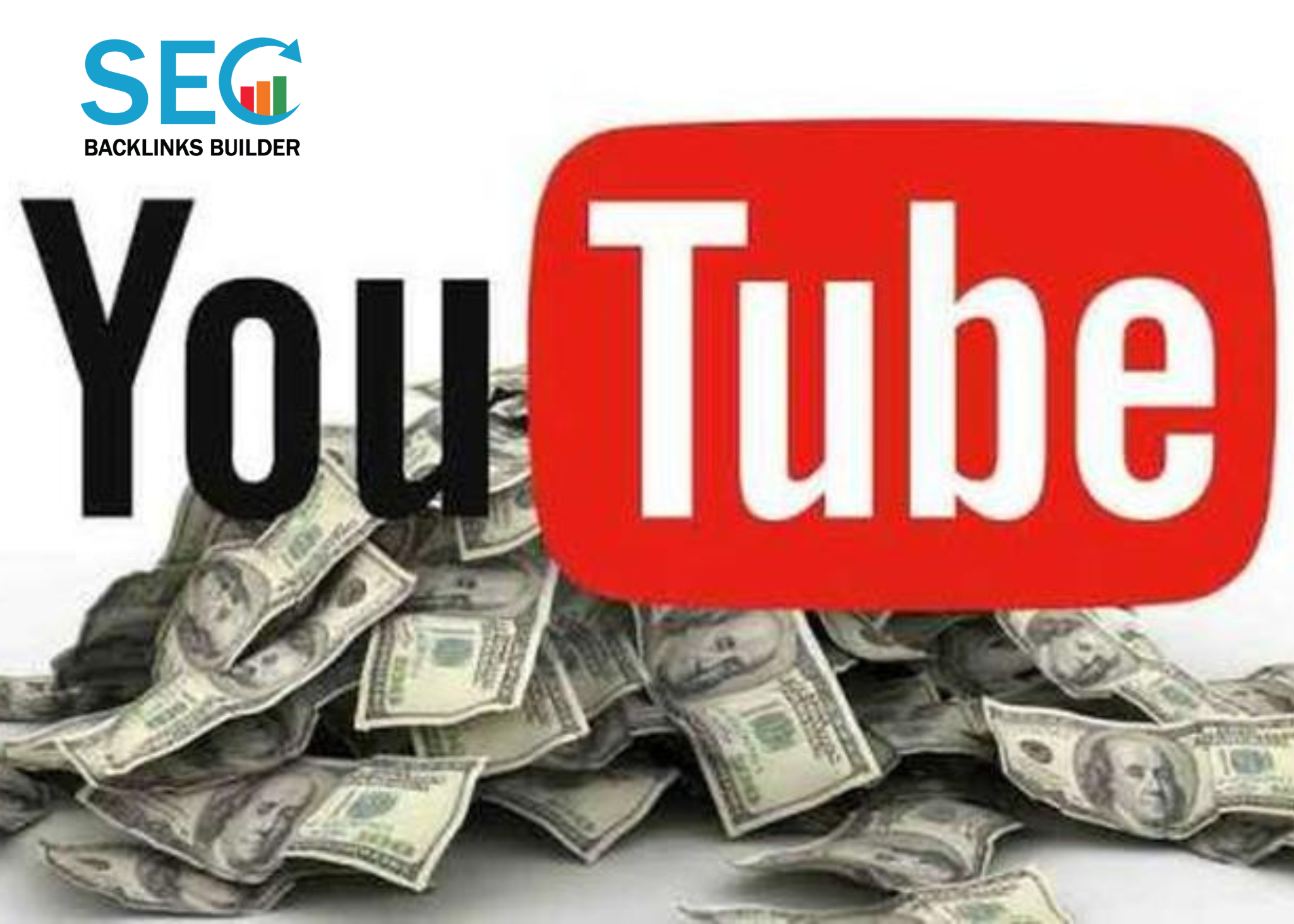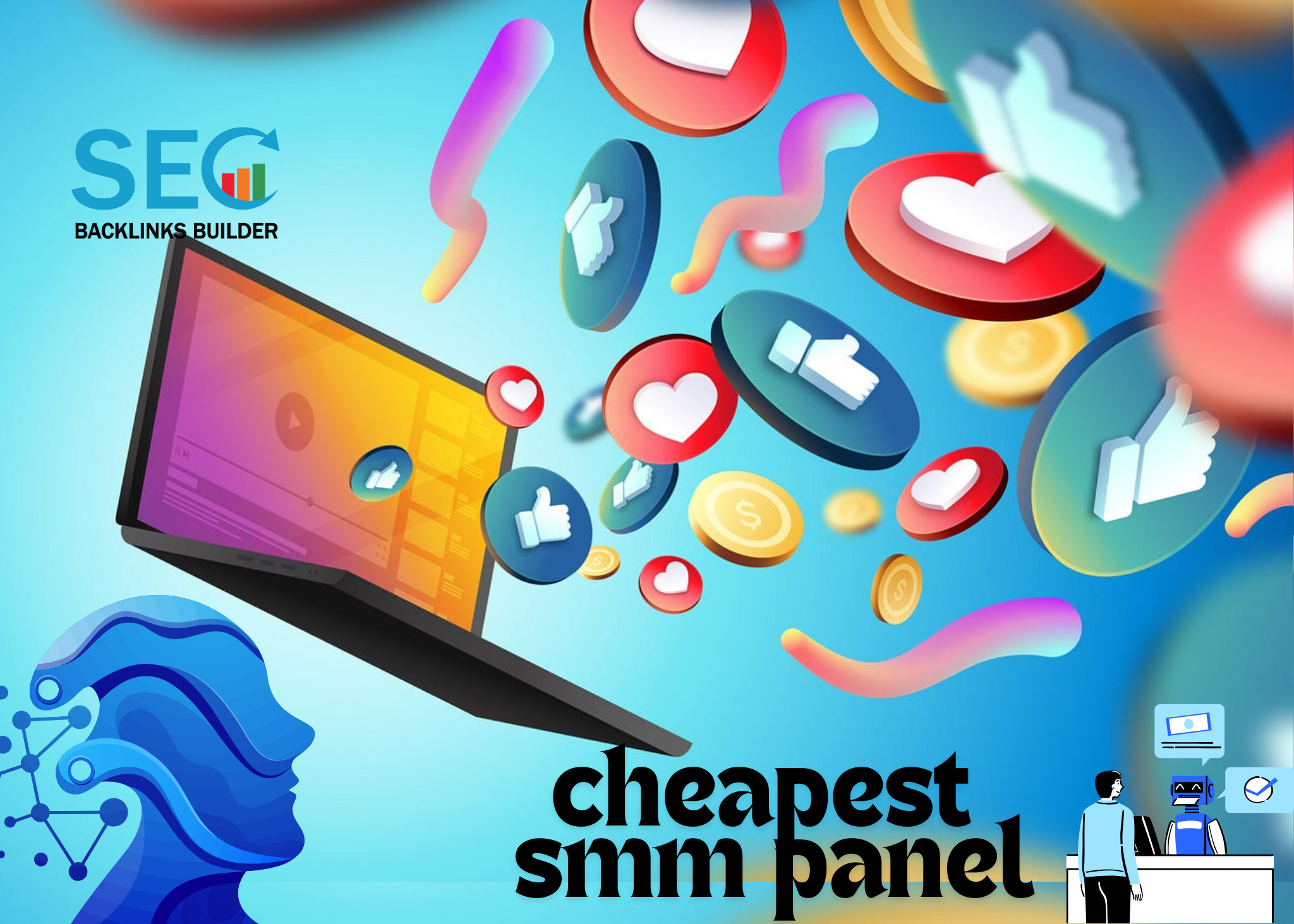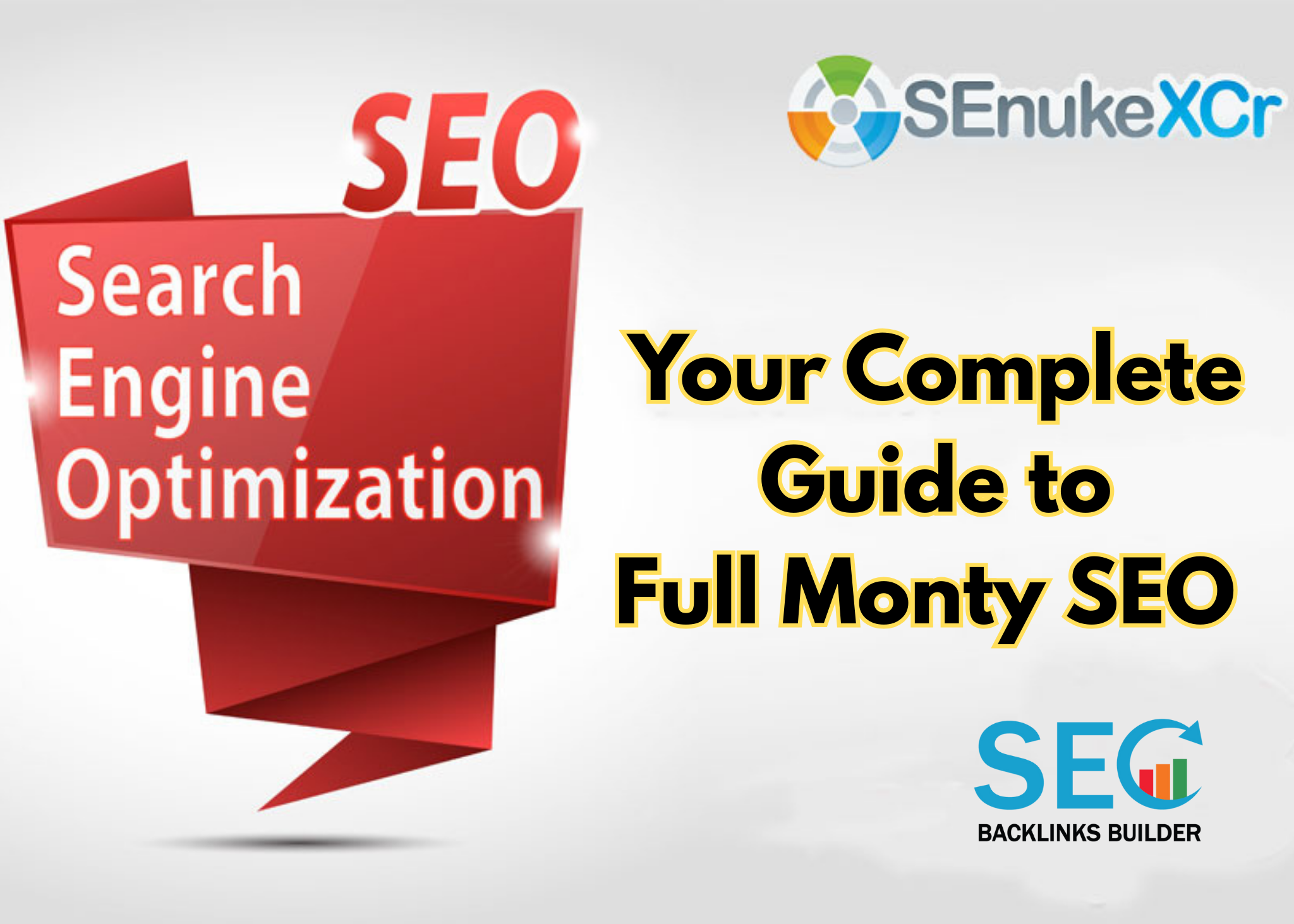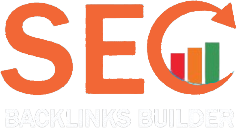
Social Media Marketing Trends in 2025
Stars Followers & SEO Feb 22, 2025 Digital Marketing
Social Media Marketing Trends in 2025
In 2025, the rules of the game in digital marketing are changing. Platforms like Meta (Facebook and Instagram), TikTok, and Snapchat are moving towards a radical shift in targeting strategies, where artificial intelligence (AI) becomes the primary driver of advertising campaigns. This shift not only requires adaptation but also a deep understanding of how to leverage this data for the success of marketing campaigns.
1. The End of Traditional Targeting in Ad Platforms
It is expected that platforms such as Meta, TikTok, and Snapchat will stop offering traditional targeting options, which means marketers will rely more heavily on AI-driven algorithms. This will present a significant challenge for marketers, as targeting specific audiences will no longer be as precise, making data a critical factor in campaign success.
Impact on Marketers:
- Challenge: Marketers need to adapt to new algorithms and figure out how to improve their content to engage audiences without relying on traditional targeting.
- Opportunity: AI will allow for more personalized targeting, helping marketers achieve better results through advanced analytics.
2. Deep Dive into Campaign Data Analysis
A solid understanding of key metrics and stats within ad platform dashboards is essential for improving performance. Here are some critical metrics to analyze and how to link them for the best results:
- CTR (Click-Through Rate): Shows how effective the ad is at capturing attention. A high CTR indicates that the ad is engaging and resonates with the audience.
- CPC (Cost Per Click): Reflects the cost per click on the ad. CPC is an important metric when evaluating the budget efficiency of a campaign.
- Conversion Rate: Represents the percentage of users who take a desired action after clicking the ad (e.g., making a purchase). It is one of the most accurate measures of campaign success.
- CPM (Cost Per Thousand Impressions): Typically used in awareness campaigns to measure the cost of reaching a broad audience.
3. How to Leverage Metrics Based on Your Goal:
For Someone Focused on Engagement and Reach:
If the goal is to increase engagement with the audience and build a larger community, focus on improving CTR and engagement. A high CTR indicates that the ad is attractive and drives audience interaction. Marketers can improve ad content to boost clicks and engagement through engaging, relevant content.
Practical Example: If you are running a campaign on Facebook to increase brand awareness, you can measure the success of the campaign through a high CTR and the number of interactions such as likes, comments, and shares. These interactions help gauge audience interest and increase brand reach.
For Someone Focused on Sales:
If the goal is to drive sales or direct conversions, focus on Conversion Rate and CPC. Lower CPC means you're achieving good results for a lower cost, while the Conversion Rate helps measure how effectively the campaign is turning visitors into paying customers.
Practical Example: In a promotional campaign for specific products on Google Ads, if your CPC is low and the Conversion Rate is high, it means the campaign is effective at converting clicks into actual sales, maximizing ROI.
4. The Role of AI in Enhancing Creative Content
In 2025, AI-powered tools are no longer a luxury but a necessity for improving creative content in ad campaigns. AI can quickly analyze audience behavior, helping marketers optimize their ad creatives based on what resonates most with their target demographic.
Importance of AI in Enhancing Creative Content:
- Content Personalization: AI can help create personalized ads by analyzing the data and tailoring the creative to match audience preferences.
- Data Analysis: AI can analyze past campaign data (such as interactions and sales) and suggest actionable changes to creatives, improving their effectiveness.
- Speed and Efficiency: AI can implement creative changes quickly, allowing for effective A/B testing and optimization in real-time.
Practical Example: If you are running a campaign on TikTok for a new product, AI can help optimize the visuals by selecting styles that attract the audience most based on their past interactions. This can directly improve both CTR and Conversion Rate.
Conclusion:
In summary, understanding and analyzing these metrics is a powerful tool to guide advertising campaigns, whether they aim at engagement or sales. As marketers, adapting to AI-driven algorithms, improving creatives, and focusing on key metrics like CTR, CPC, Conversion Rate, and ROI will ensure greater success in 2025 and beyond.
Additional Tip: Understanding these metrics and how to apply them correctly can significantly improve the efficiency and effectiveness of your advertising campaigns, helping you reach your goals, whether it’s driving engagement or sales.



